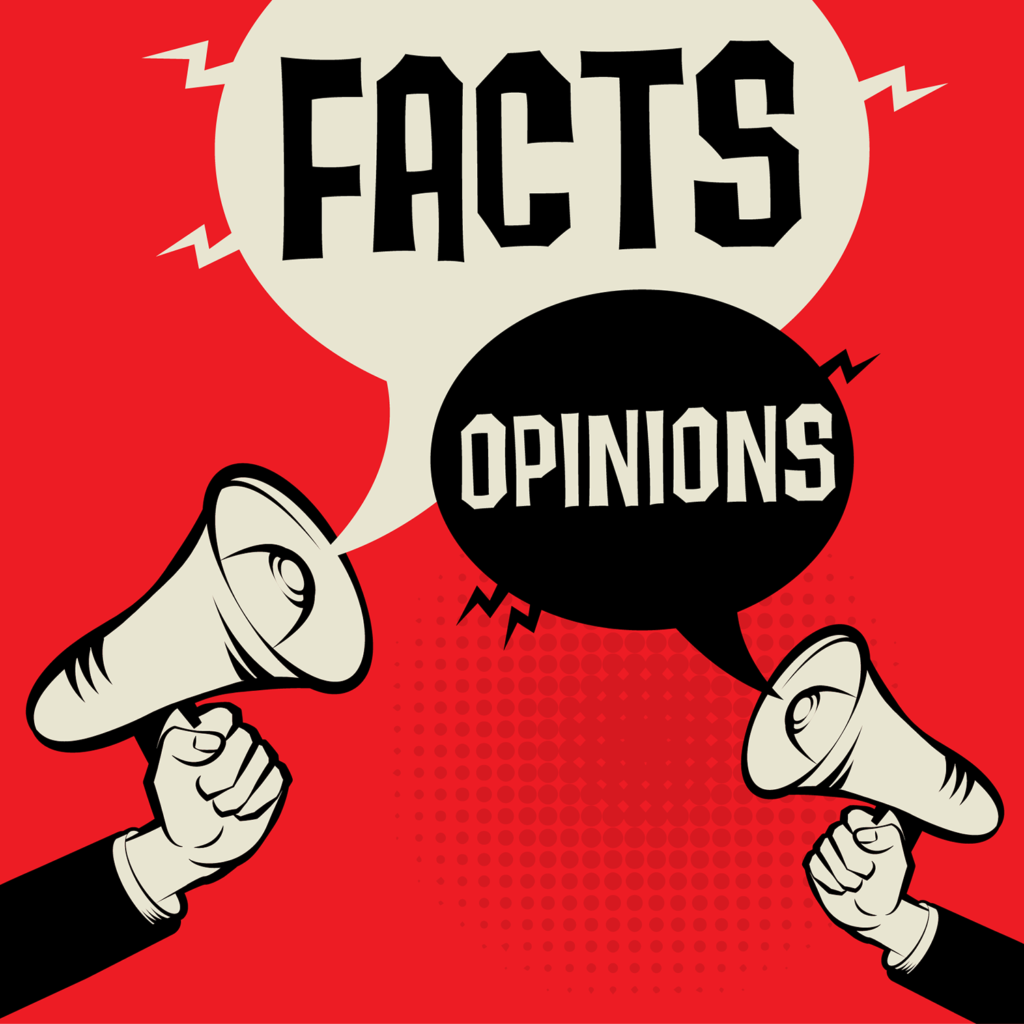How to secure effective evidence at trade fairs
For companies considering moving into international markets, trade fairs are a key channel to introduce their product to the new market, expand visibility and customer base and seek partners for manufacturing, distribution and retail. For many European SMEs, exhibiting at a major trade fair in China may be the first step towards internationalisation. However, as well as providing business opportunities, trade fairs also pose risks for exhibitors by exposing new products, technology, designs and brands to those who would copy the efforts of others for their own financial gain. The China IPR SME Helpdesk provides some useful tips on how to collect evidence of infringements at trade fairs.
In many ways, a trade fair can be viewed as a supermarket for local counterfeiters looking for the next great product to copy or brand to appropriate, often to be sold at the same fairs the original product developer would like to exhibit at.
Examples of typical infringements found at trade fairs include:
- Displaying and selling counterfeit products bearing the trademark(s) identical or similar to others’ registered trademark(s);
- Displaying and selling products counterfeiting other’s patent rights;
- Utilising others’ copyrighted images, texts in an advertisement and/or company brochure and/or product catalogue;
- Copying others’ products’ design; and,
- Copying the design of another’s exhibition booth.
Why is collecting evidence important?
Evidence is needed for IPR enforcement. No matter which enforcement action is best suited for the company, the firm will need to produce a significant volume of evidence to prove its IPR has been infringed. In China’s People’s Court, the burden of proof lies with the plaintiff (claimant), and documentary evidence is far stronger than witness testimony. As well as proving ownership via IPR certificates, companies must prove the infringement via physical evidence, such as contracts, photographs of infringing products and proof of sale validated by a public notary (a public officer or other person authorised to authenticate documents or evidence). If companies wish to seek assistance from an administrative body (e.g. the State Administration for Industry and Commerce (SAIC) for trademarks), they must provide a similar body of evidence for the case to be accepted.
What information/materials will be accepted by Chinese courts in claims of IPR infringement?
Any evidence provided to the People’s Court must have three basic features:
- Authenticity: meaning that the evidence must be genuine both in terms of the actual content and the way the evidence was collected;
- Relevance: meaning that the evidence must be related to the facts of the case; and,
- Legality: meaning that the evidence and the source of the evidence must conform to legal standards and forms. In general, this means that contracts must be correctly formatted, and photographs and proof of sales must be witnessed by a public notary.
Examples of relevant evidence demonstrating infringement include:
- Photos showing the products being displayed and/or sold at a trade fair;
- Photos of the exhibition booth – i.e. the infringer, and copy of the business card and/or copy or photo of business registration certificate;
- Photos of the trade fair where the infringement was found;
- Photos of the infringing products, and/or an actual product;
- Photos showing how the trademark(s) at issue is being used on the product;
- Photos showing where the advertisement that contains your copyrighted images and/or texts are posted and the coverage of such infringing advertisement;
- Copy of the company brochure or product catalogue where the infringing product is mentioned or your copyrighted images and/or texts are used.
Evidence that can prove the infringer’s bad faith (i.e. where the infringement is committed with awareness of the existence of another person’s IP rights) is also required. If, for example, while talking with the exhibitor, the IP owner discovers that the exhibitor is already aware of the IP owner’s brand or product, their conversation could be used as evidence to prove the bad faith of the infringer If it was recorded by lawful means. IP owners are however recommended to consult a lawyer before initiating such conversations to make sure they meet the lawful means requirement.
Similarly, should the IP owner have cooperated with the infringer in question previously, any copies of previous contracts, cooperation agreements or order sheets could also be submitted as evidence to show the infringer’s bad faith.
When the IP owner wishes to claim damages from the infringer, it is also important to show the negative impacts arising from the infringement on the reputation of the brand, company and products, and the economic losses the IP owner has suffered or would have suffered. As such, any evidence showing the scale of the infringement, which can indirectly testify to the impact on the volume of potential consumers and profit (e.g. sales performance and/or distribution network of the infringing product; size of the exhibition booth, location of the booth at a trade fair), can be submitted.
________________________________________________________________________
The China IPR SME Helpdesk supports small and medium-sized enterprises (SMEs) from European Union (EU) member states in protecting and enforcing their intellectual property rights (IPR) in or relating to Mainland China, Hong Kong, Macao and Taiwan, through the provision of free information and services. The Helpdesk provides jargon-free, first-line, confidential advice on intellectual property and related issues, along with training events, materials and online resources. Individual SMEs and SME intermediaries can submit their IPR queries via email (question@china-iprhelpdesk.eu) and gain access to a panel of experts, in order to receive free and confidential first-line advice within three working days. The China IPR SME Helpdesk is an initiative by the European Union. To learn more about the Helpdesk and any aspect of IPR in China, please visit our online portal at http://www.ipr-hub.eu/.



Recent Comments